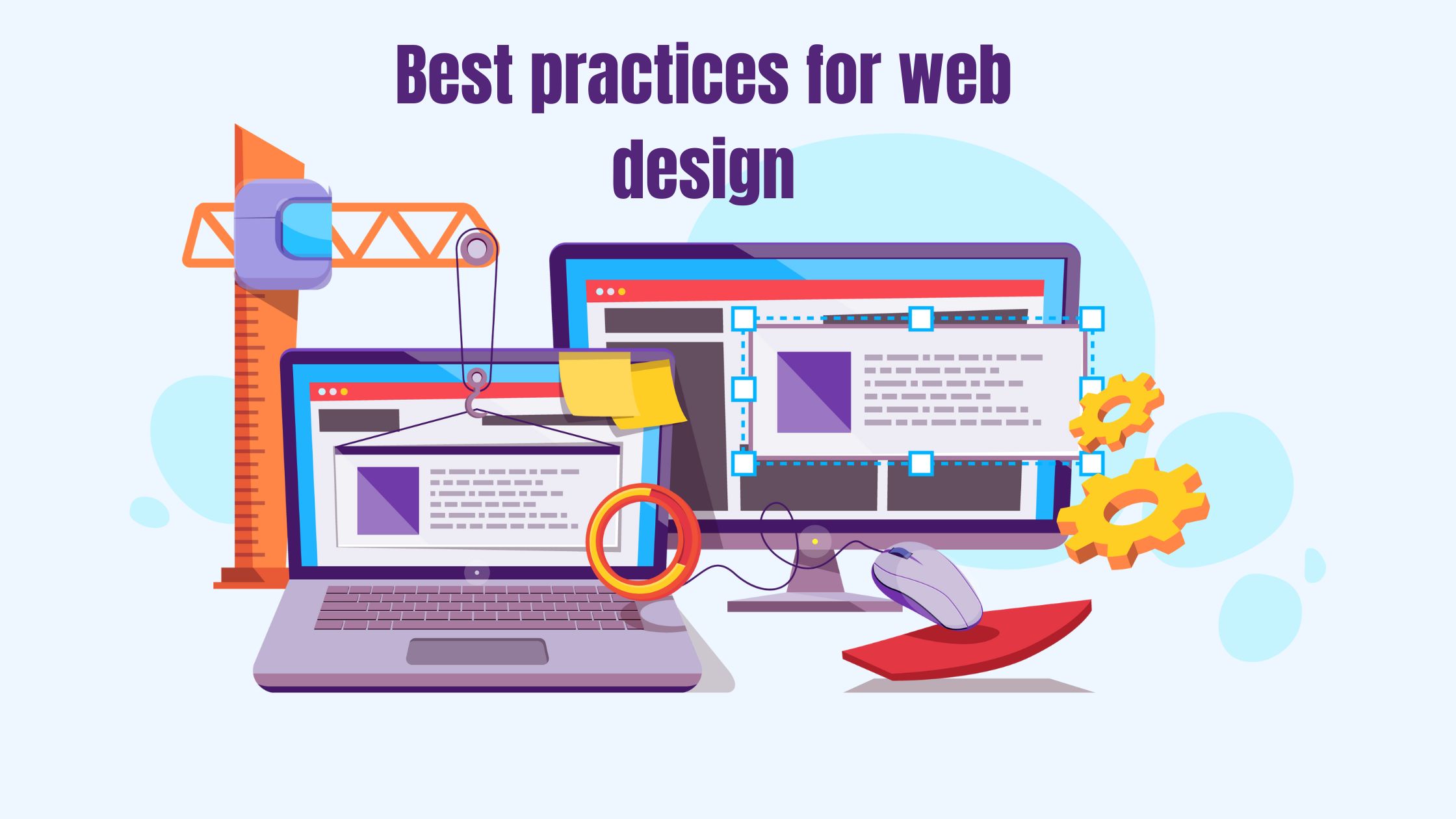Best practices for web design
- April 3, 2023
- Business & Tech
In today’s world, having a website is not just an option, it’s a necessity. However, it’s not enough to just have a website; it needs to be designed effectively to achieve the desired results. In this article, we will discuss the best practices for web design that can help you create a website that is not only aesthetically pleasing but also functional and user-friendly.
Understand your audience
The first step in designing an effective website is to understand your audience. You need to know who your target audience is, what they are looking for, and how they prefer to access information. Once you have this information, you can tailor your website design to meet their needs.
Keep it simple
Simplicity is key when it comes to website design. A cluttered website with too much information can be overwhelming and confusing for visitors. Stick to a clean and minimalistic design with easy-to-read fonts, simple navigation, and clear calls-to-action.
Use a responsive design
More and more people are accessing websites from their mobile devices, so it’s important to design your website with a responsive design that can adapt to different screen sizes. This will ensure that your website looks great and functions well, no matter what device your visitors are using.
Optimize your images
Images are an important part of web design, but they can also slow down your website’s loading speed if they are not optimized. Make sure to compress your images and use the appropriate file formats to ensure that they load quickly without sacrificing quality.
Use white space effectively
White space, also known as negative space, is the space around elements on a web page. Using white space effectively can make your website look more modern and visually appealing. It also helps to break up content into smaller, more digestible sections, making it easier for visitors to read and navigate.
Use clear and concise language
Your website’s content should be easy to read and understand. Use clear and concise language, avoid jargon, and break up text into smaller paragraphs with headings and subheadings. This will make it easier for visitors to scan and find the information they need.
Make it easy to navigate
Navigation is an essential part of website design. Make sure your website’s navigation is easy to find and use, with clear and descriptive labels for each section. A search bar can also be helpful for visitors who are looking for specific information.
Test and iterate
Finally, it’s important to test your website and make improvements based on feedback from your visitors. Use analytics to track user behavior and make changes to improve the user experience.
In conclusion, an effective website design is essential for any business or organization that wants to attract and retain visitors. By following these best practices for web design, you can create a website that is visually appealing, user-friendly, and optimized for performance. Remember to keep it simple, use responsive design, optimize your images, use white space effectively, use clear and concise language, make it easy to navigate, use color wisely, ensure fast loading speed, and test and iterate.







